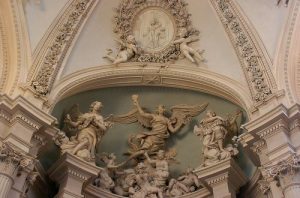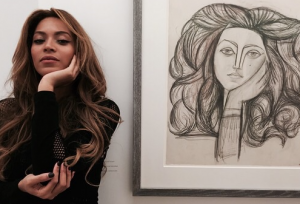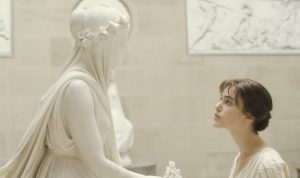Q: What is the banking model to Friere? Who does it empower or disempower, and at whose expense? Do you have any experience with this model? If so, describe an encounter that you have had with the banking model and reflect on it, both positives and negatives.
A: To Friere, the banking model is a model at which that spreads information to ones in which that seek information, but the one spreading the information isn’t taking into consideration the feedback input from the ones who receive said information.
An example of this can be see in the standard classroom model. Where students, information seekers, receive information from a teacher, the one spreading the information. In this, the models empowers the teacher as an authoritative figure and the students are disempowered as they’re expected to sponge up the information, and aren’t learning from each-other; a dehumanizing experience.
Im currently facing this model in the Earth Science Lecture class. My Professor gives us the information but im not adapting fast enough to what is taught, so I feel as if im falling behind. The benefit of this model can be that it allows a singular guide line for what is to be expected to be done. The con of this is that of its almost like a one size fits all approach to teaching, as it will work different for everyone and not everyone learns the same. In my situation, I feel as if I have to study more after class inorder to retain the information inorder to follow along with that is being taught in the course.







 Visiting museums is always fun for me, which is something I’m looking forward to in this class. It’s interesting discussing the history, the intentions, and the meanings of pieces in large groups because everyone interprets things differently and this is a great way to expand both my knowledge and appreciation of art.
Visiting museums is always fun for me, which is something I’m looking forward to in this class. It’s interesting discussing the history, the intentions, and the meanings of pieces in large groups because everyone interprets things differently and this is a great way to expand both my knowledge and appreciation of art.





